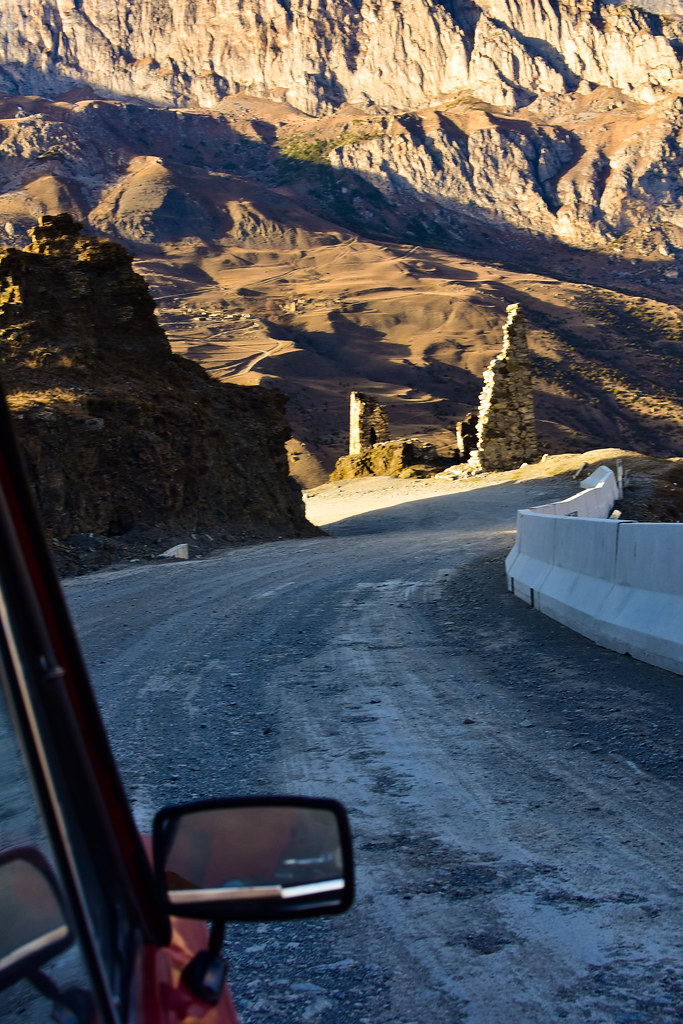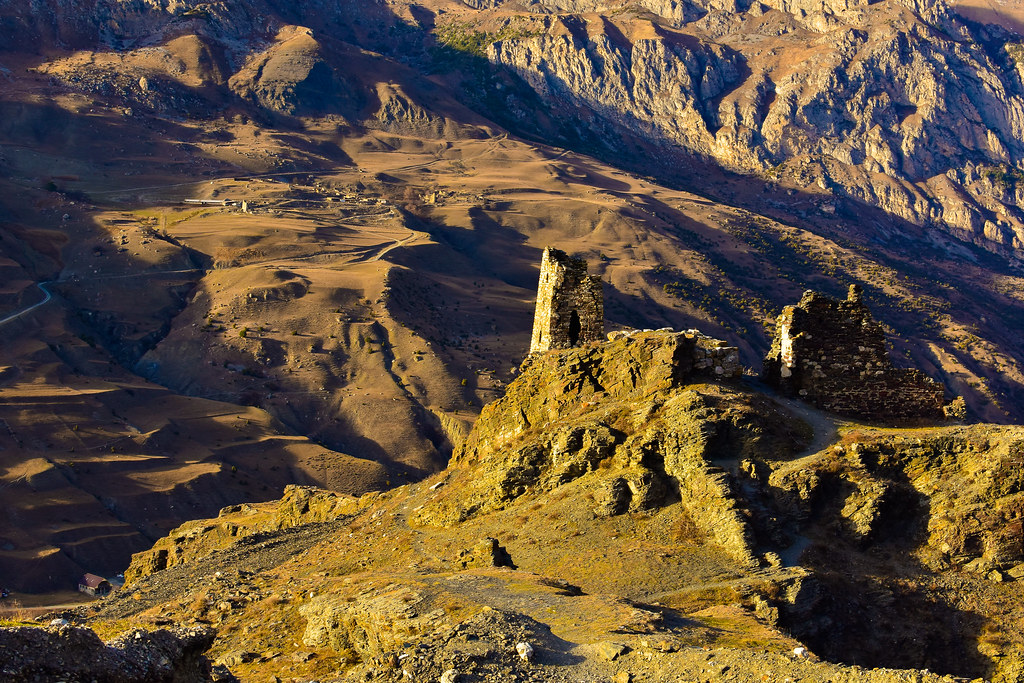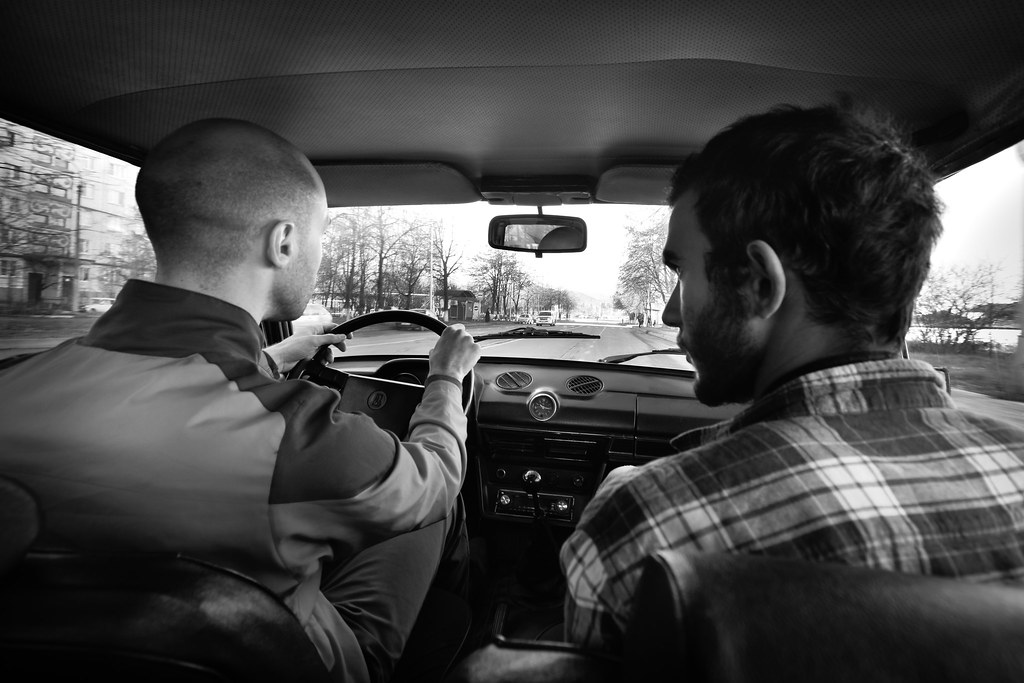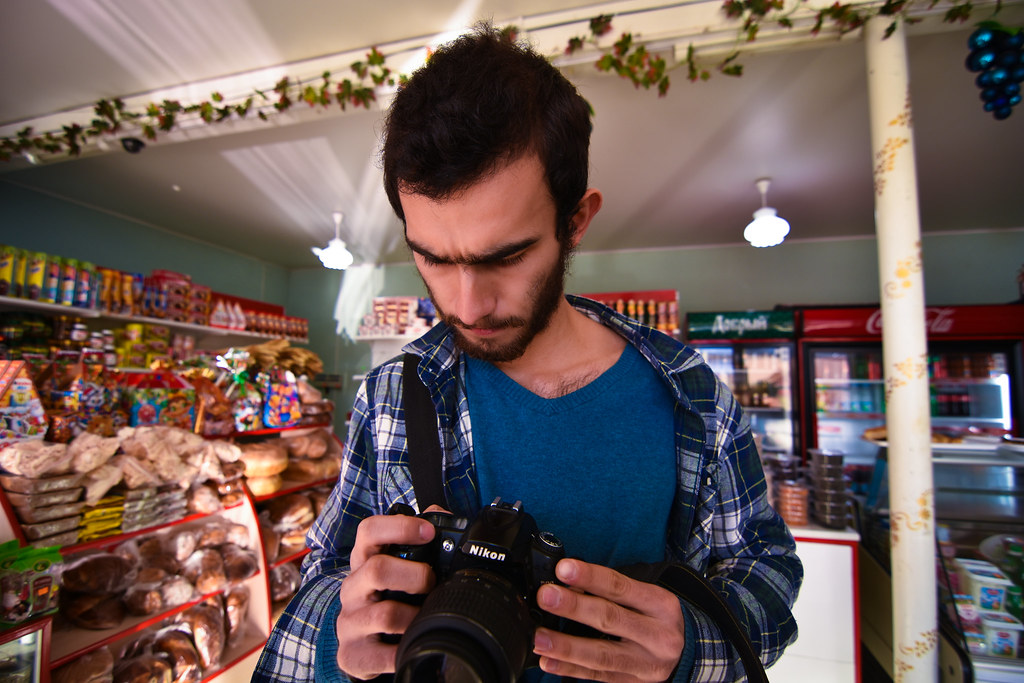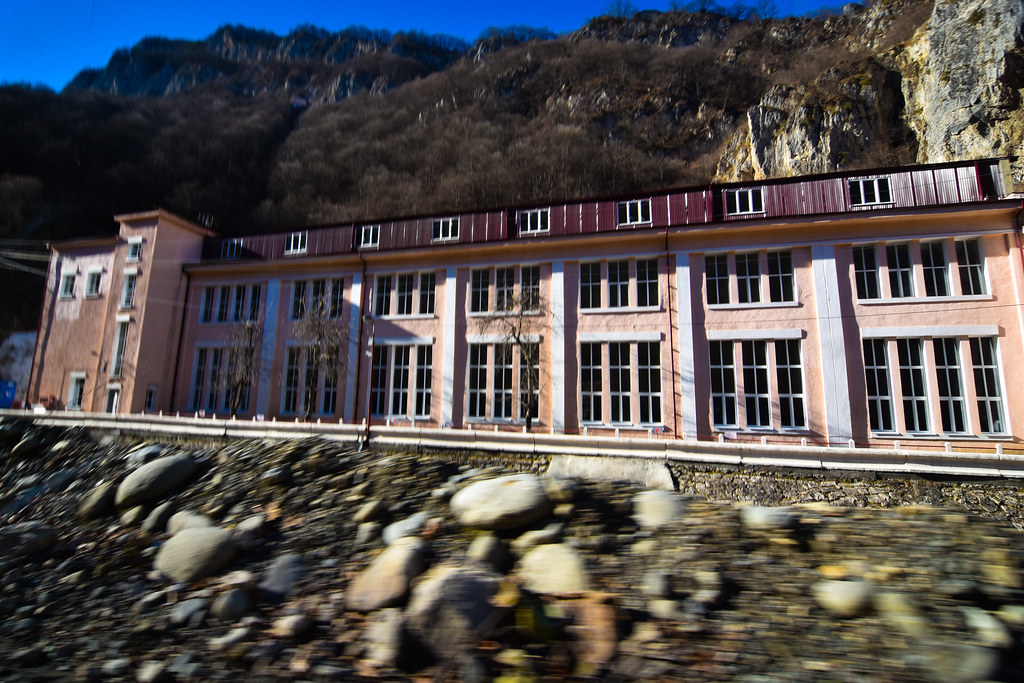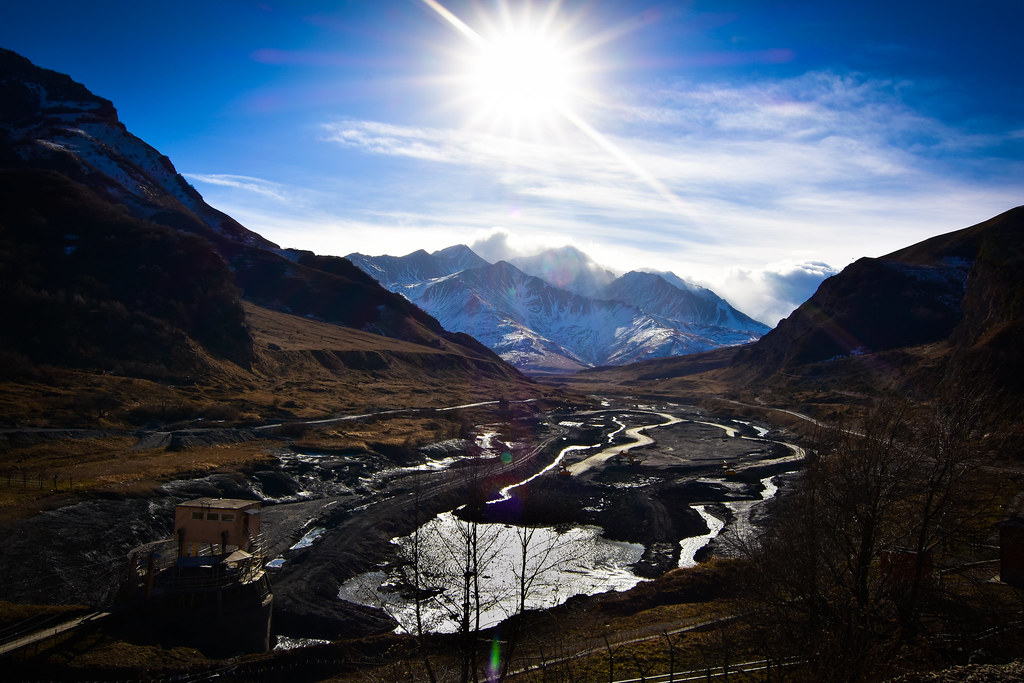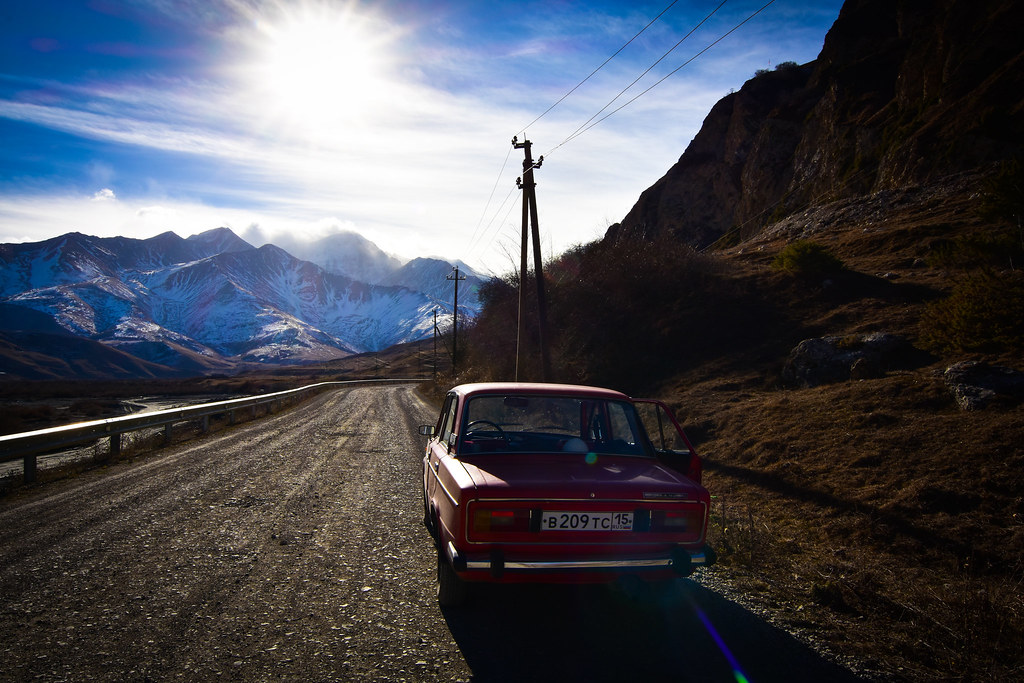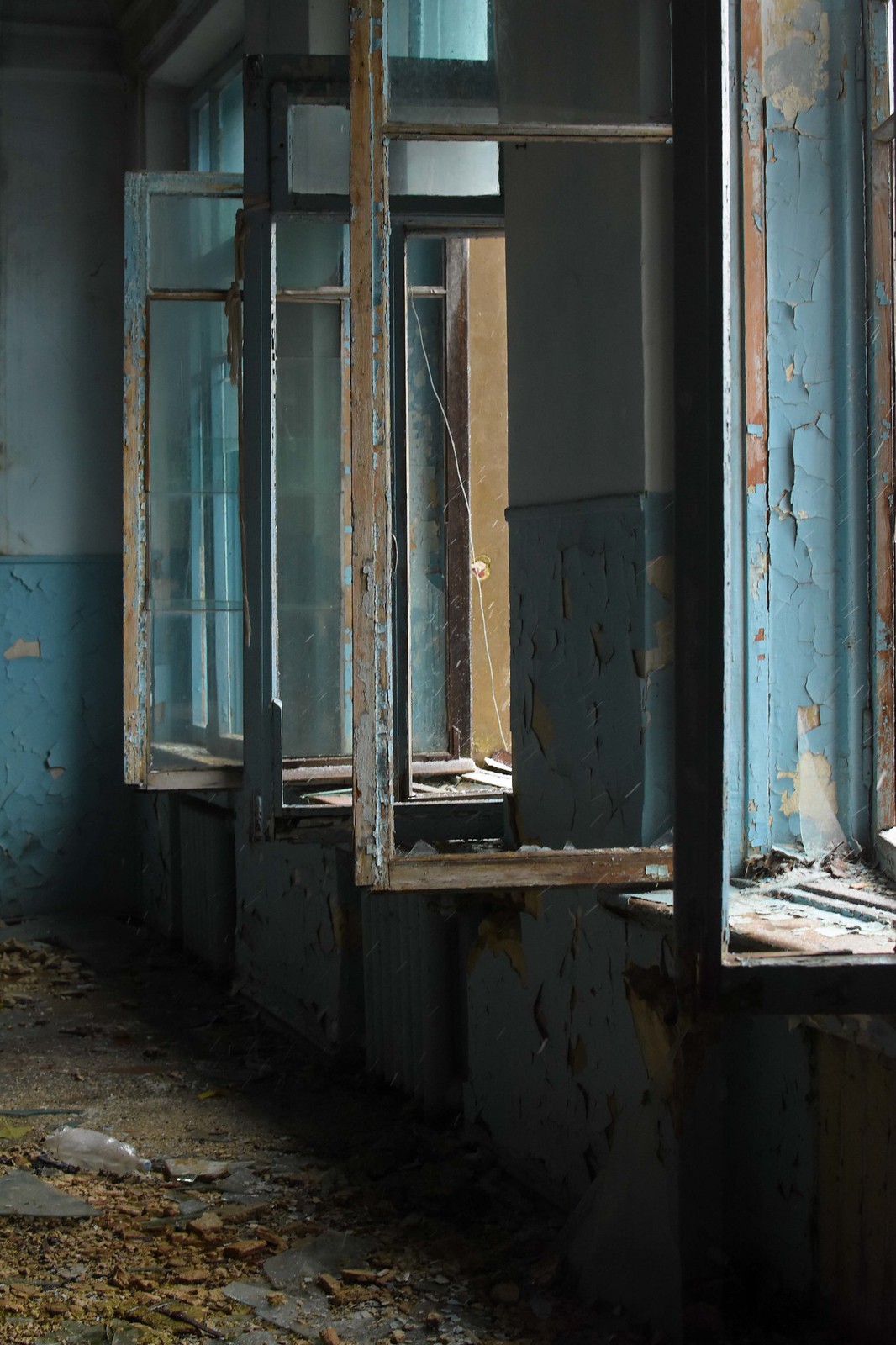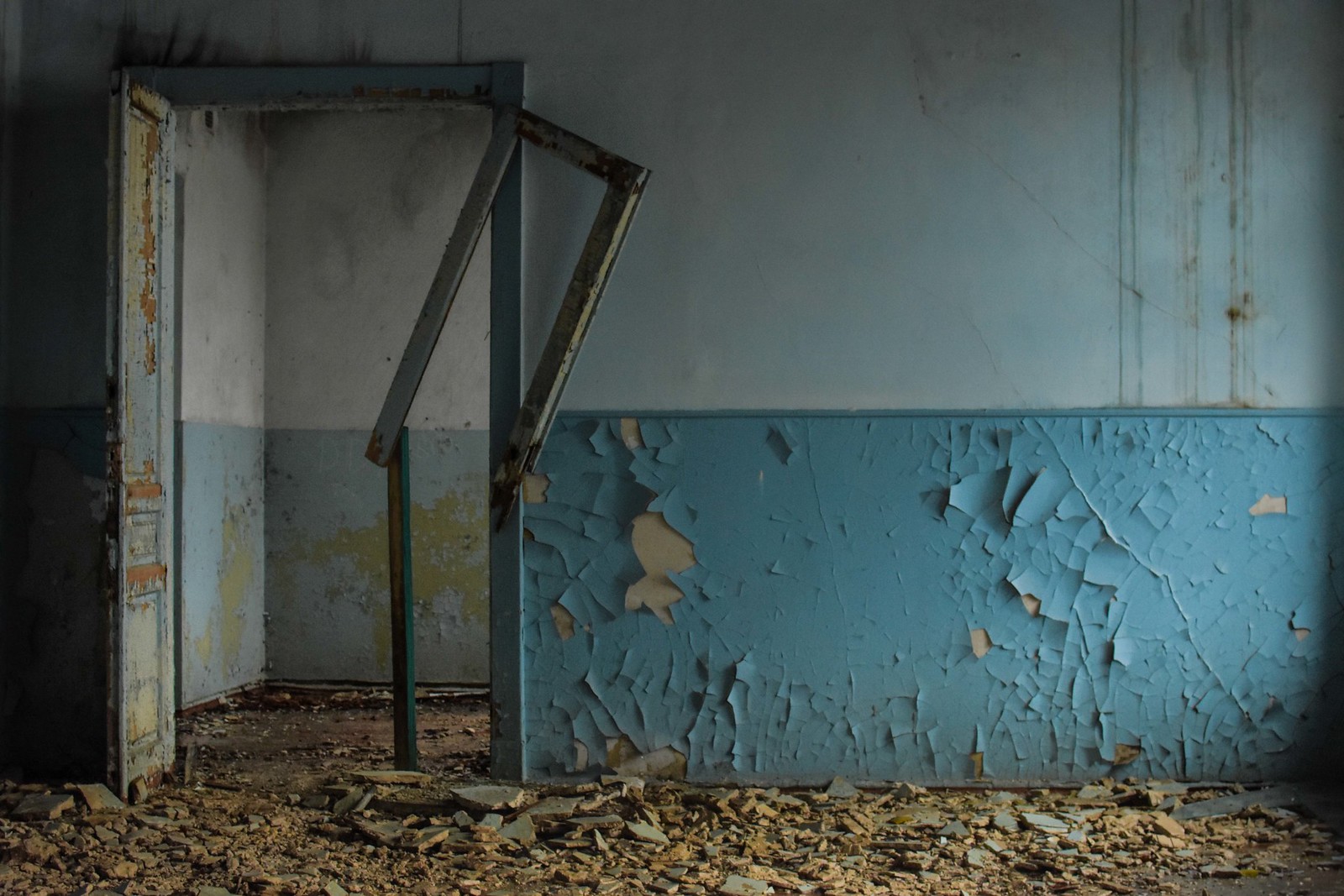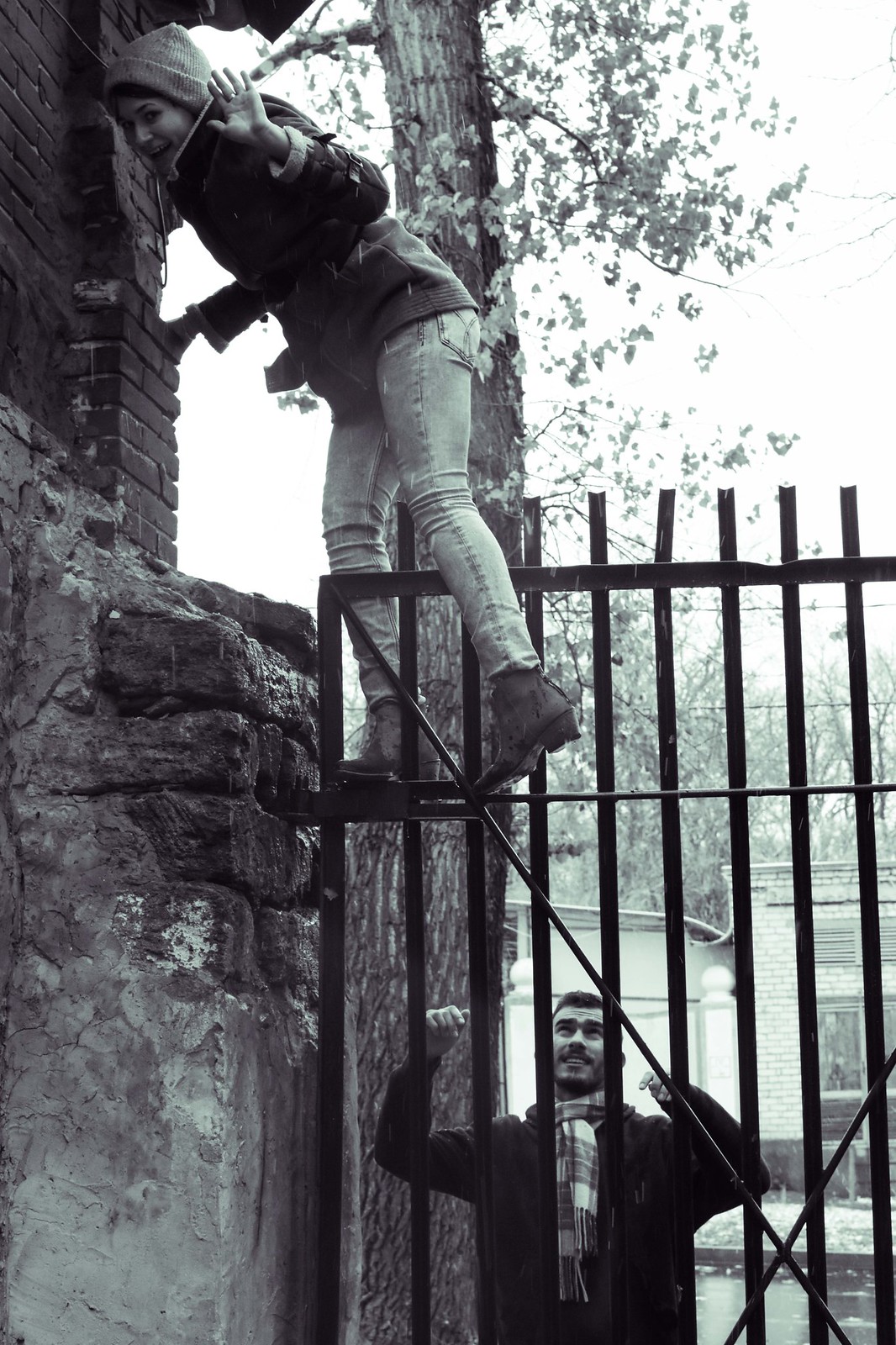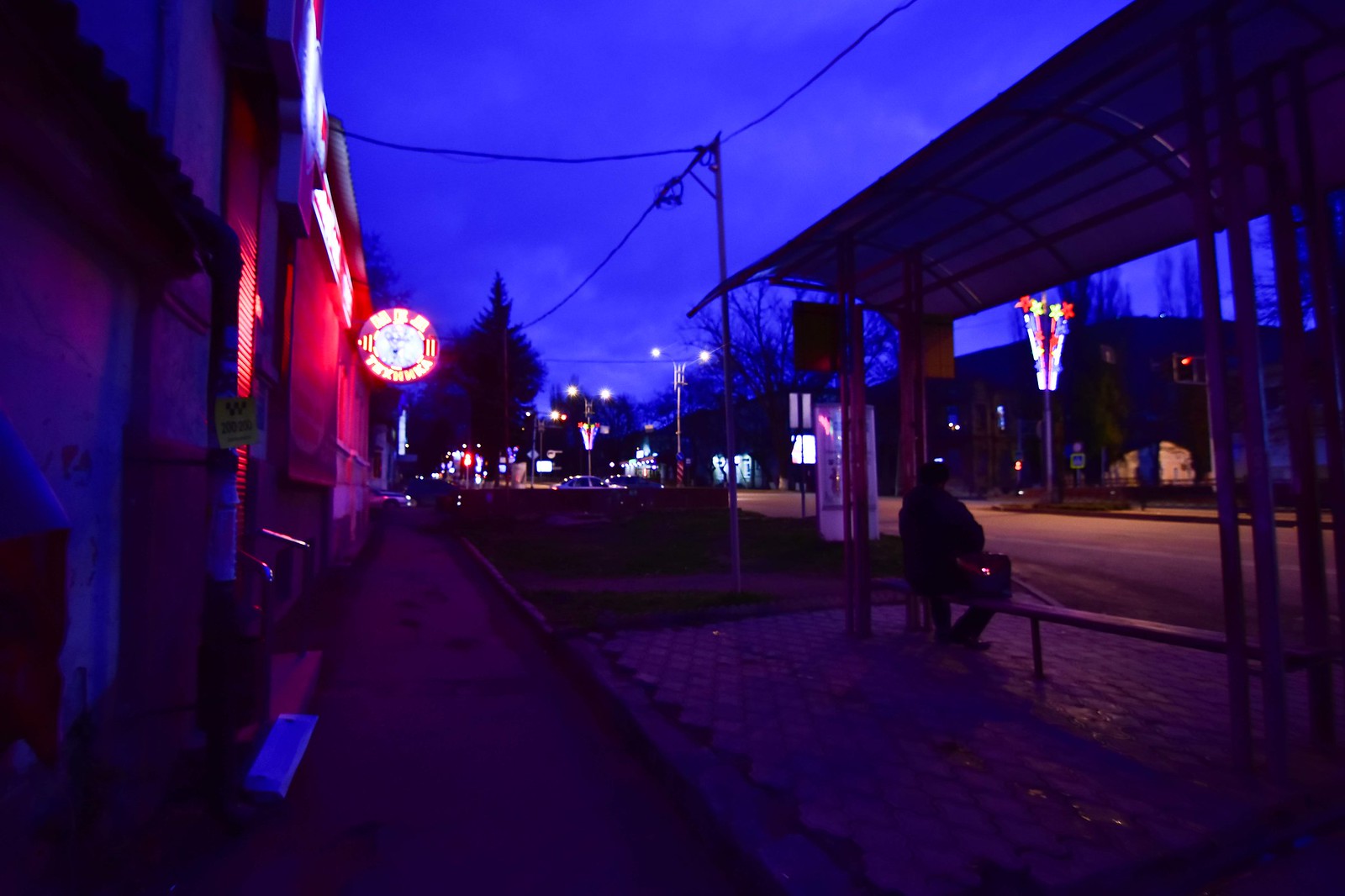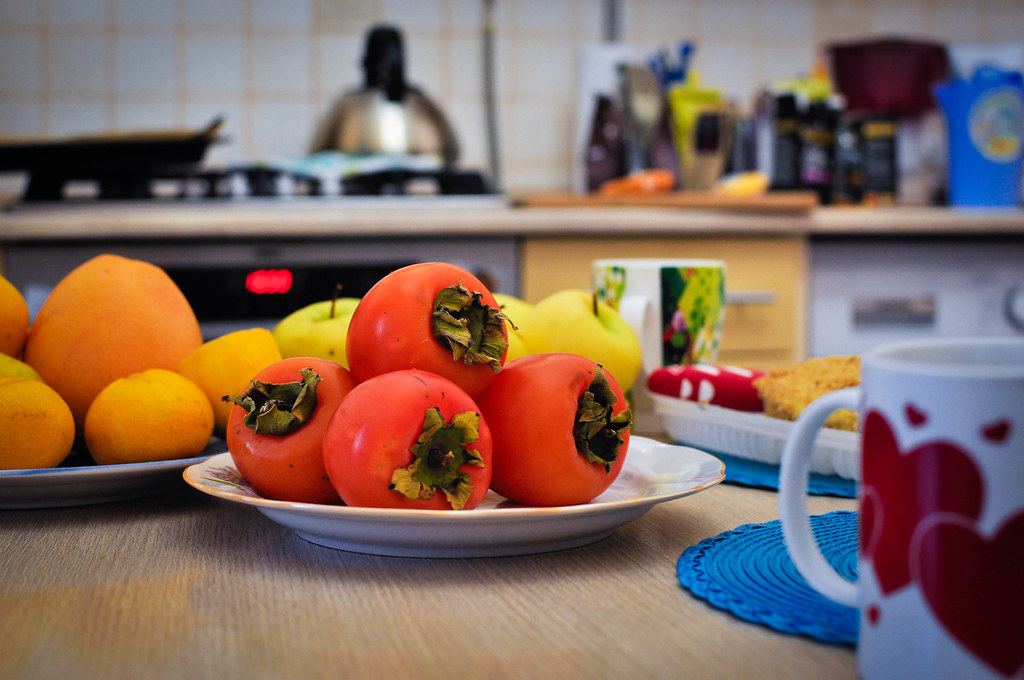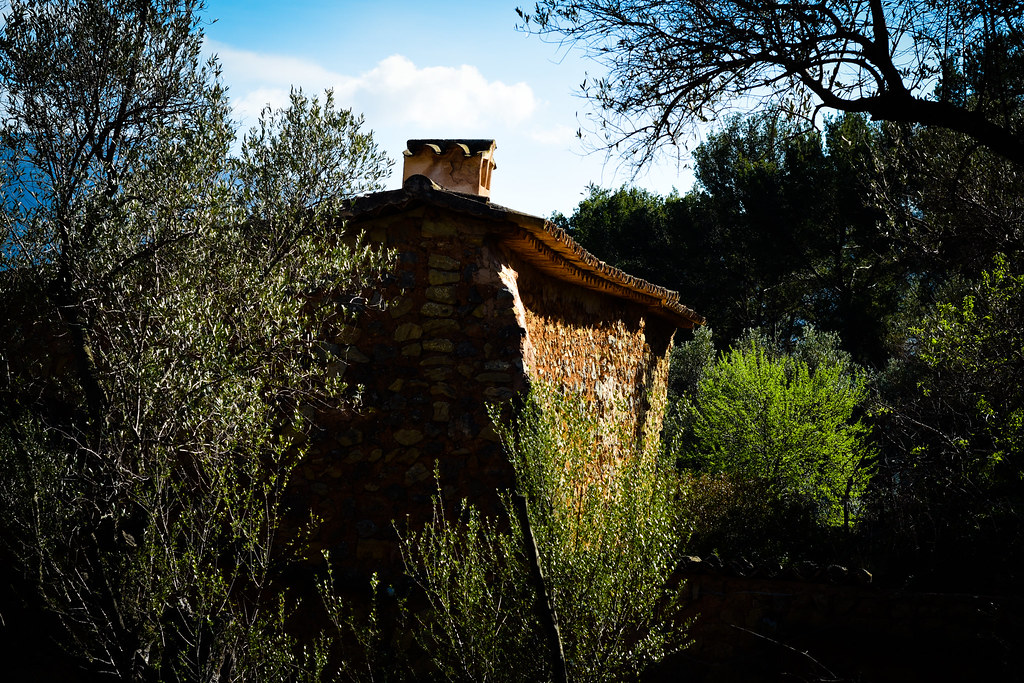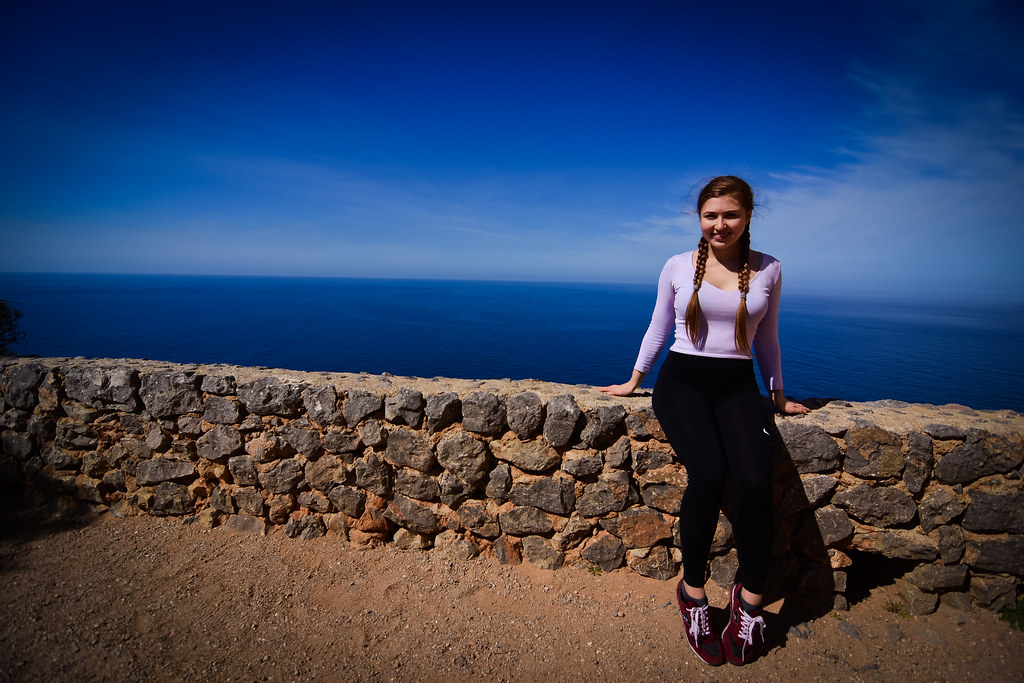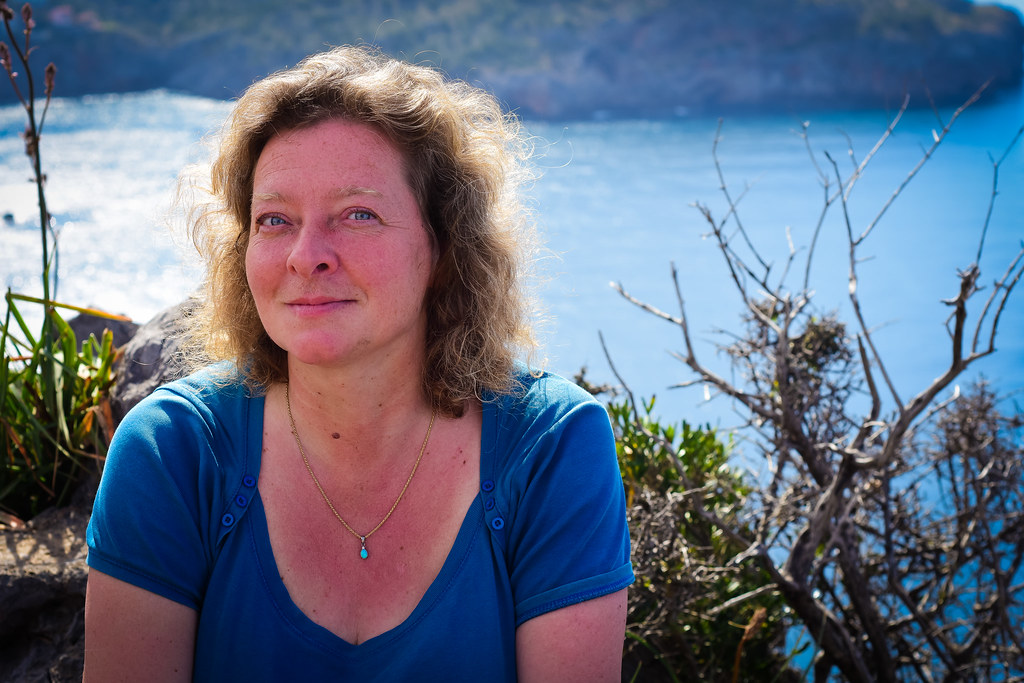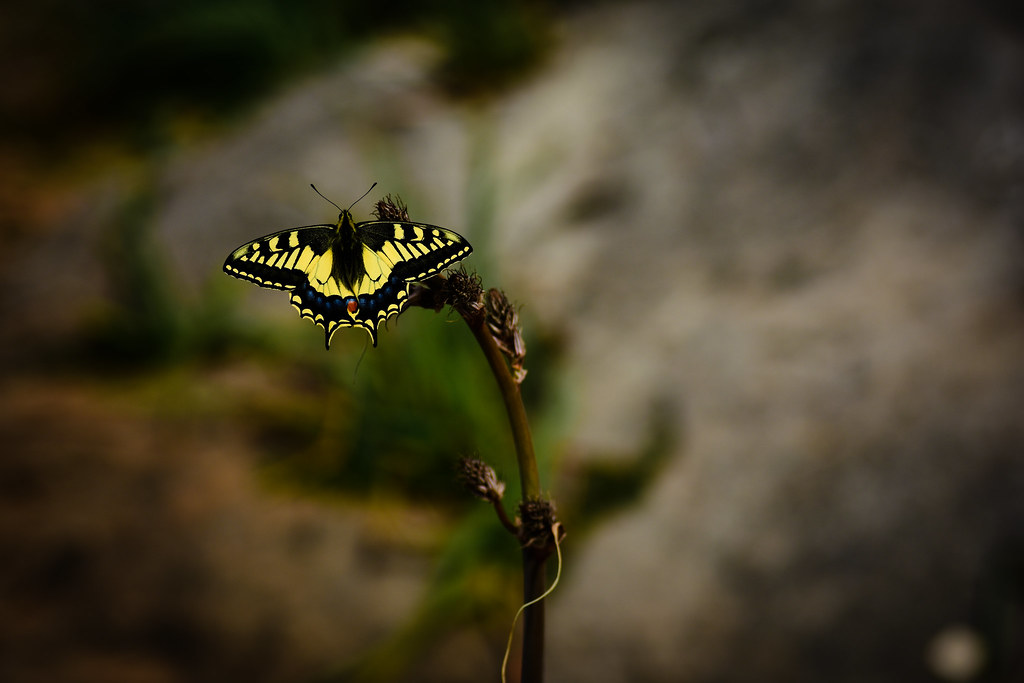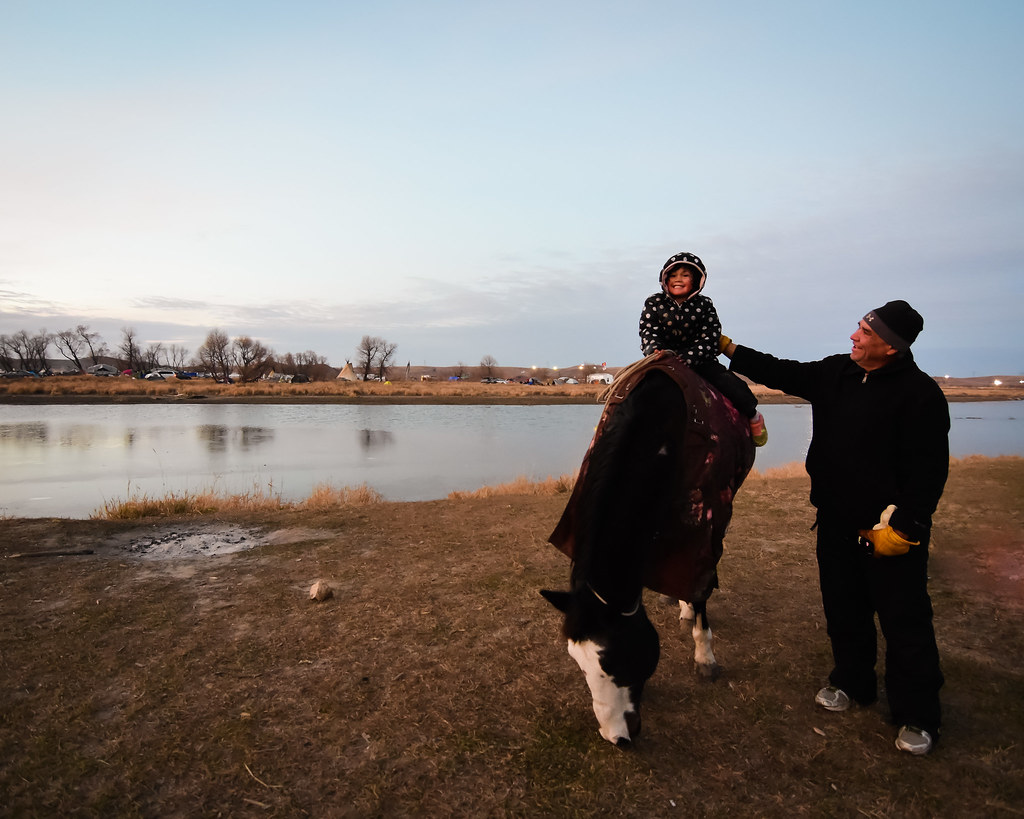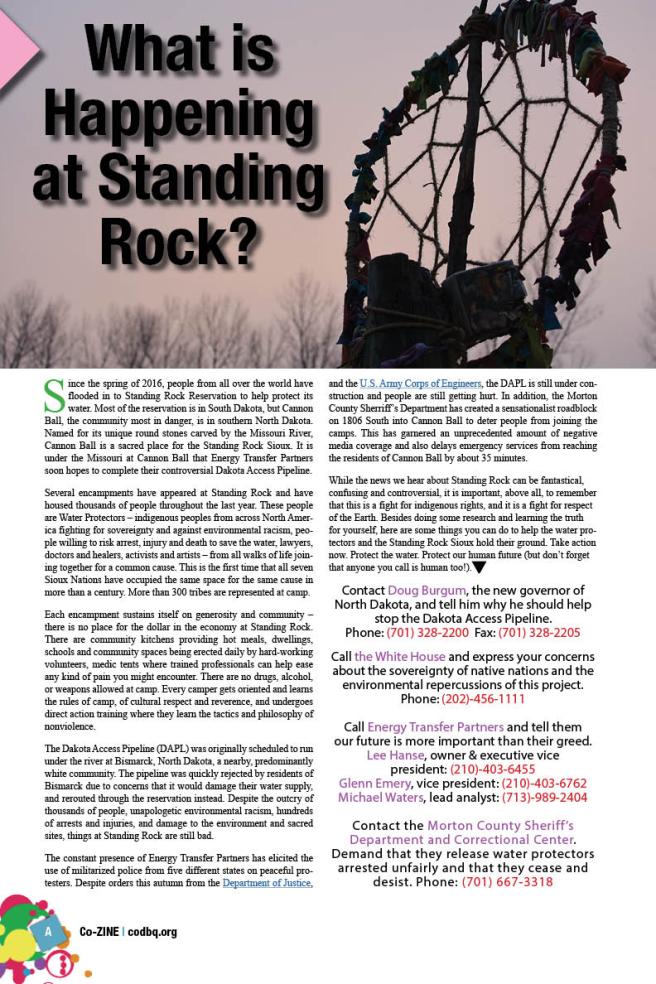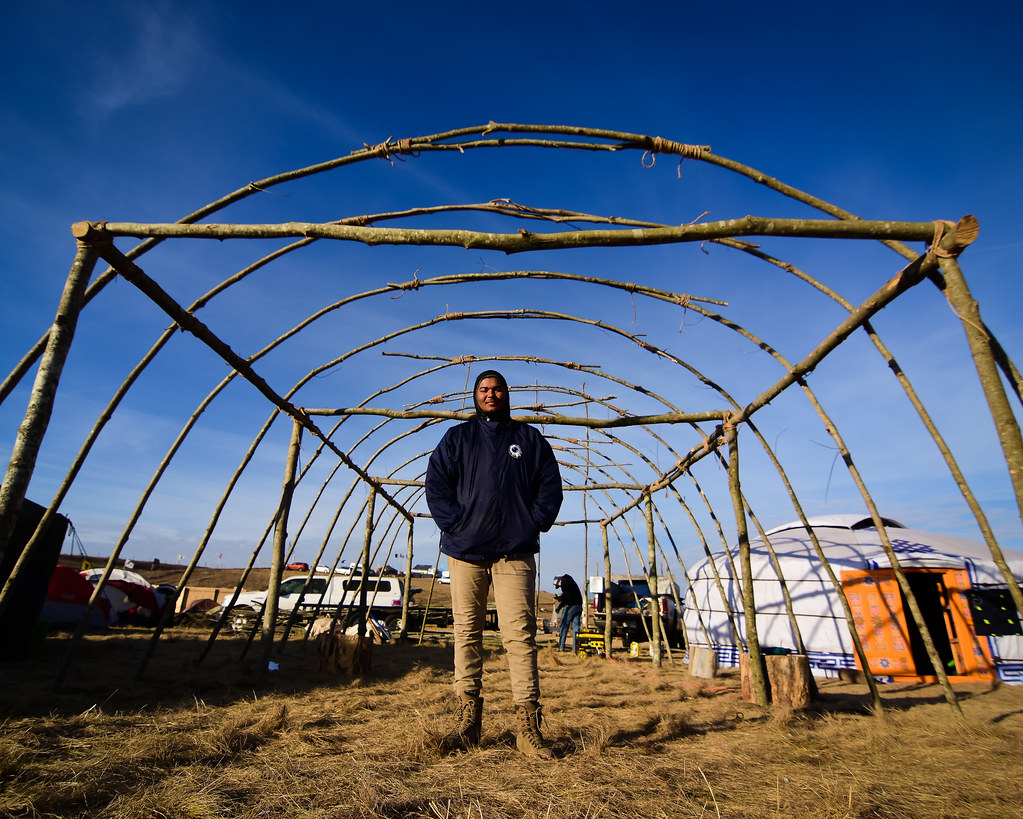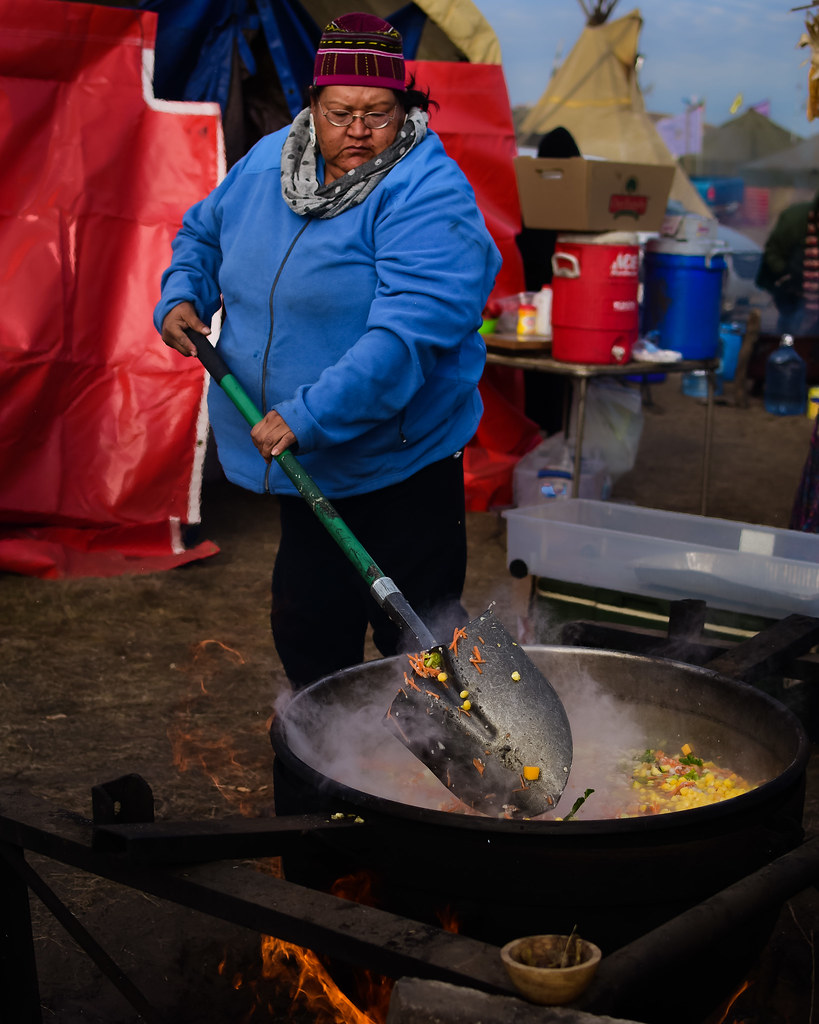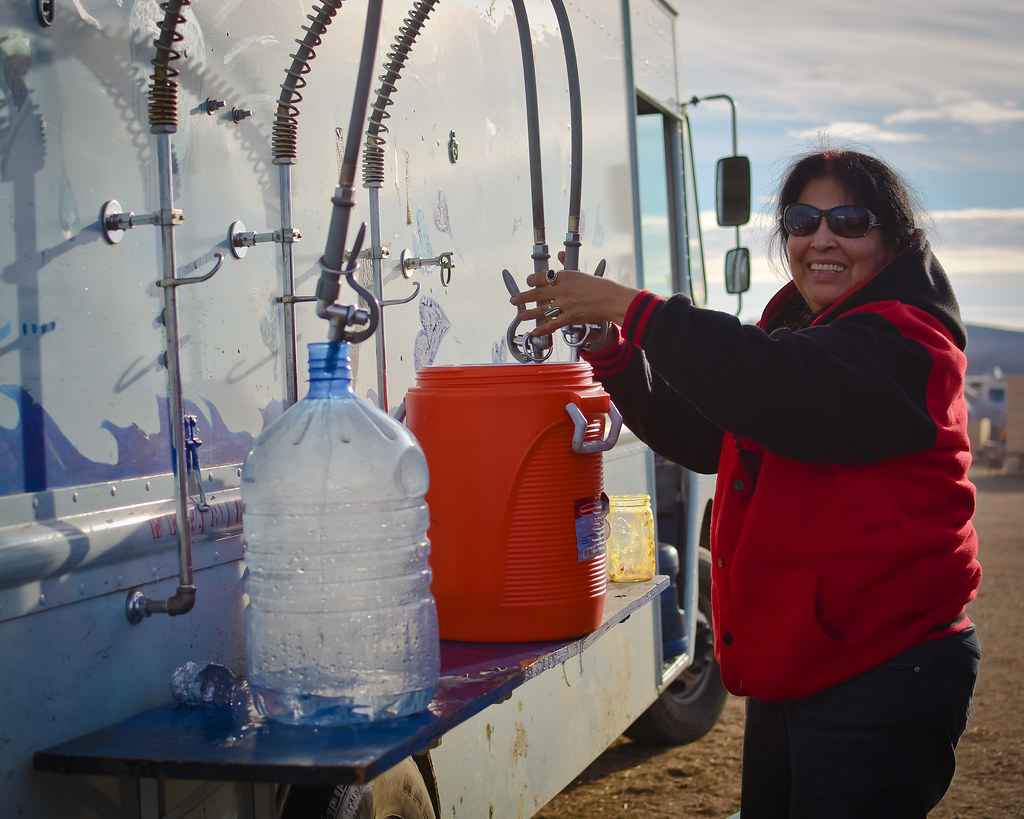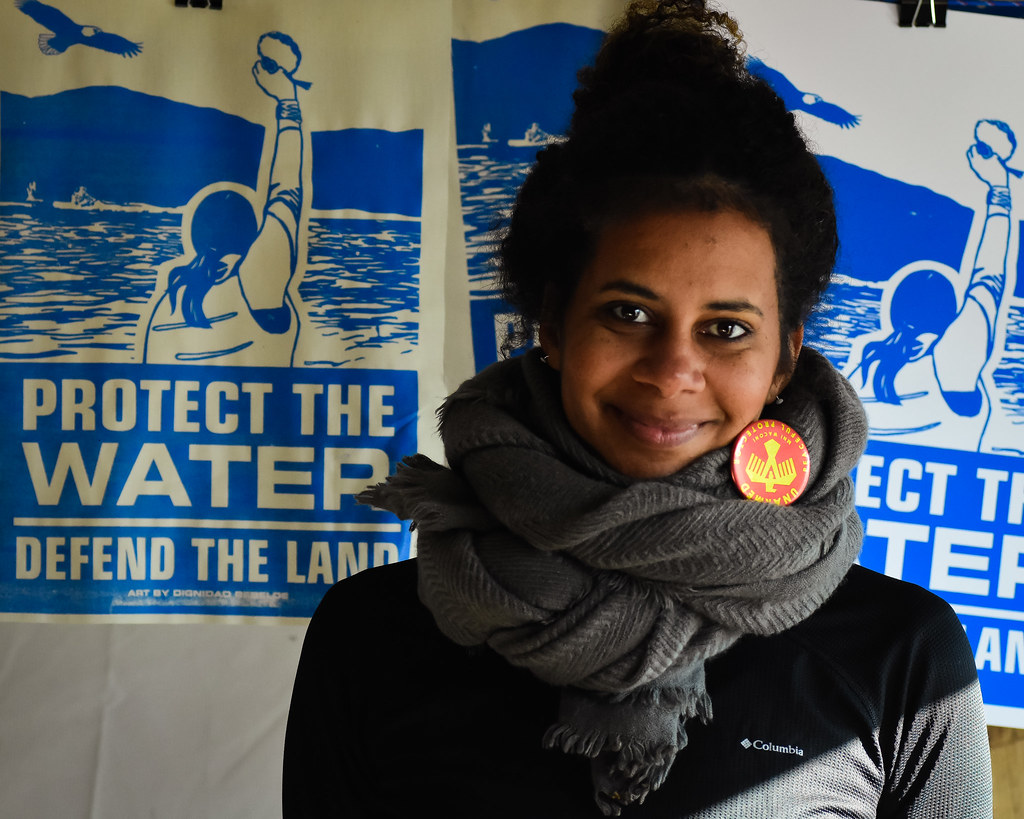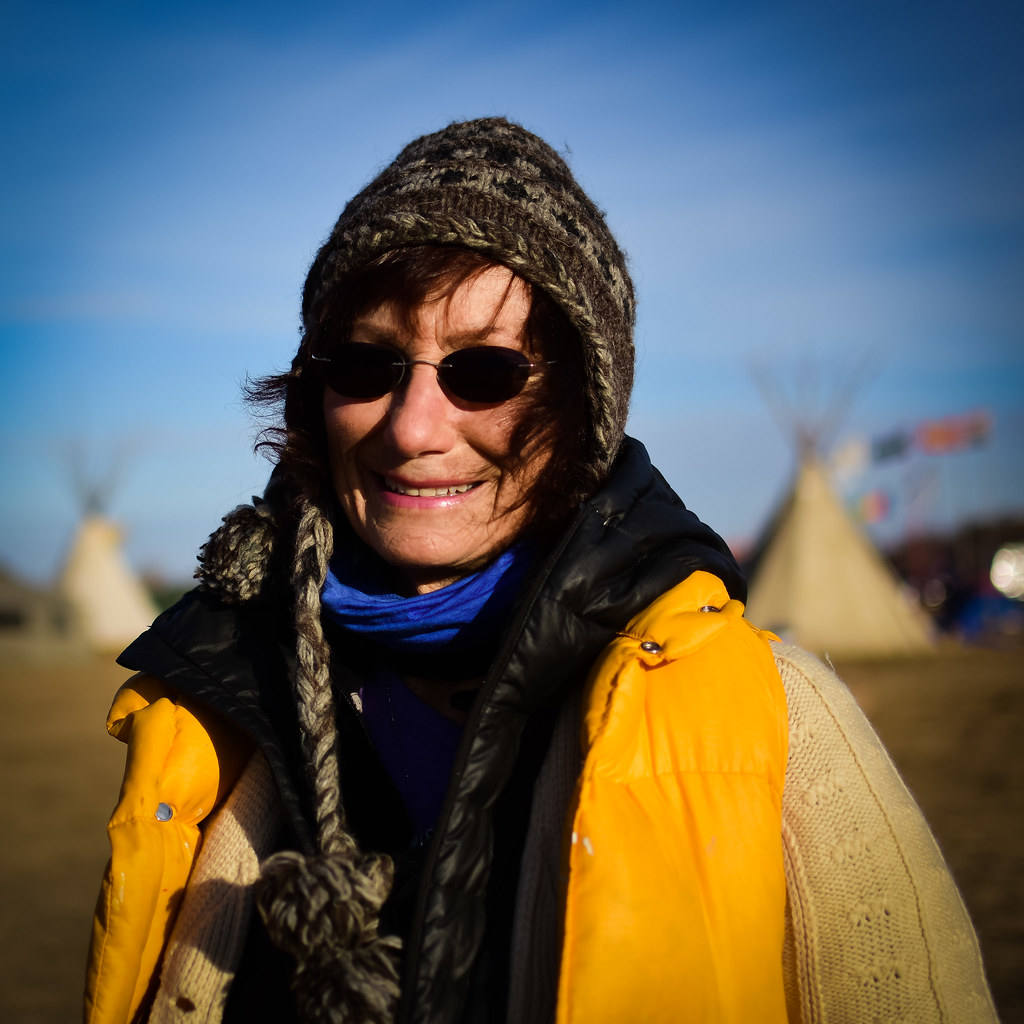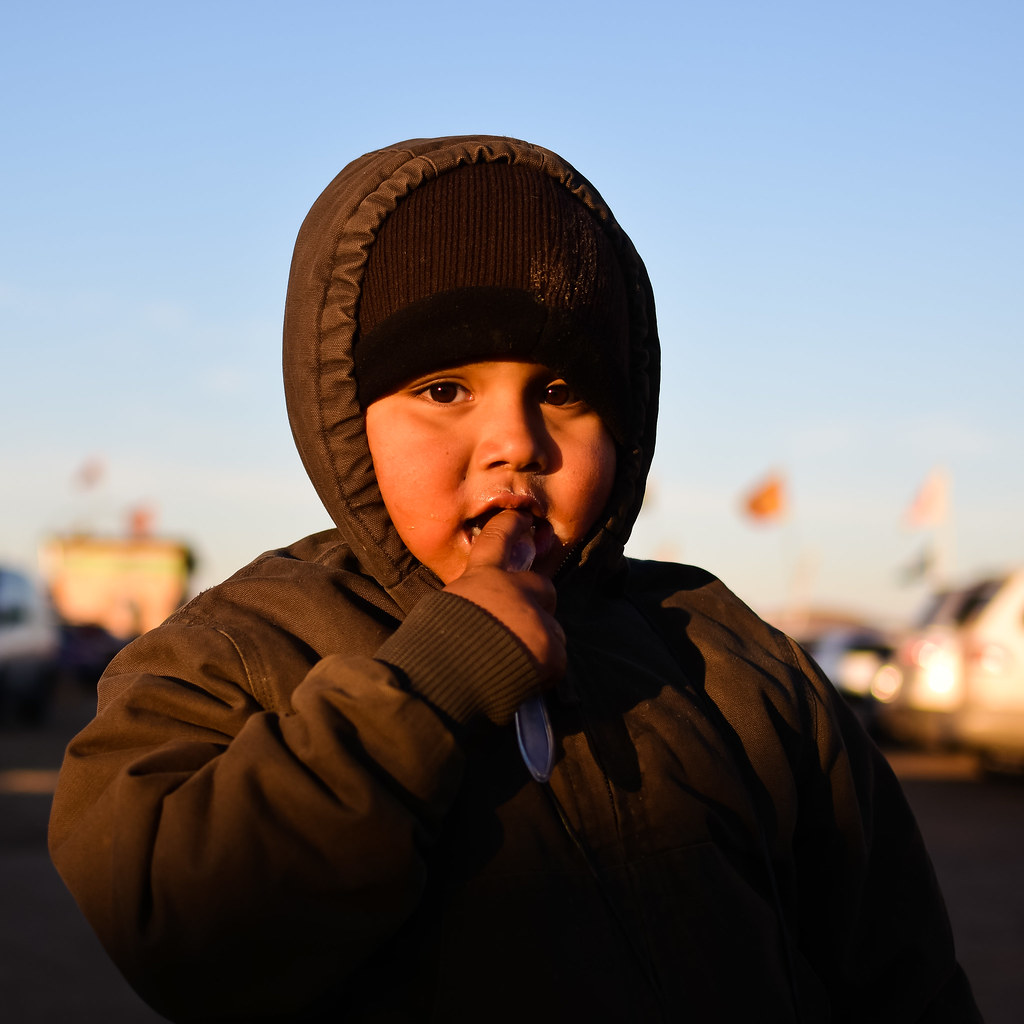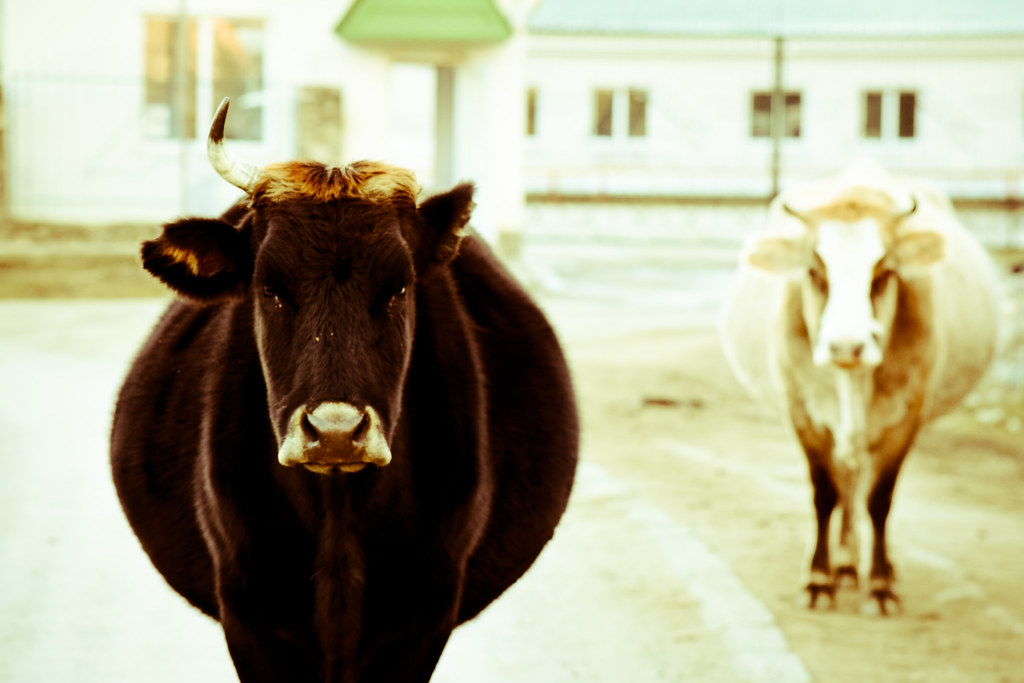Every year now, Naropa University facilitates a study abroad program in Bhutan, or Druk Yul, or The Land of the Thunder Dragon. This tiny, tiny kingdom is situated north of the Indian state of Meghalaya, east of Nepal, and south of Tibet. I’m a writing student at Naropa, founded by Chogyam Trungpa Rinpoche (a native Tibetan who spent time in Bhutan) and the Beat generation’s Allen Ginsberg.
Landing in Paro is a story all its own. I’ll post next time about the flight.
 Map retrieved from https://nepalandbhutanblog.wordpress.com – a good place to learn more about the culture, geography, and politics of the Bhutan and Nepal.
Map retrieved from https://nepalandbhutanblog.wordpress.com – a good place to learn more about the culture, geography, and politics of the Bhutan and Nepal.
Quick facts about Druk Yul:
- Government: democratic monarchy
- Geography: landlocked, almost entirely mountainous in the Himalayas
- Capital: Thimphu City
- Population: ~700,000
- Considered a “medieval” country until the turn of this century
- …more on all this later…
The traditional dress for women in Bhutan is called a kira and the traditional dress for men is the gho. A kira can come in two forms: full or half kira. A full kira is a long bolt of cloth which is wrapped around the body with a pleat and pinned with brooches over the shoulders, worn with an inner blouse called wonju, and fastened at the waist with a woven belt. A half kira is similar – wrapped around the body at the waist with a pleat, either tied or clipped in place, and worn with a wonju and an outer jacket-like layer called toego. A gho comes in one piece and before it, too, is wrapped and belted up, hangs at the length of the floor. After the robe-like cloth is belted, its length ends at the knee. Gho-wearers joke that the garment has the largest pocket in the world – both full kiras and ghos have a flap of fabric around the front, supported by the belt, that can be filled with objects.
This year’s Naropa group met in Bangkok on the 24th of January and flew into Bhutan on the 25th. One of the first things we did upon arrival was shop together for these traditional clothes, which would carry us through the country’s universities, restaurants, family homes, dzongs (a unique style of government building which also houses the monastic body), festivals, temples, and sacred sites.
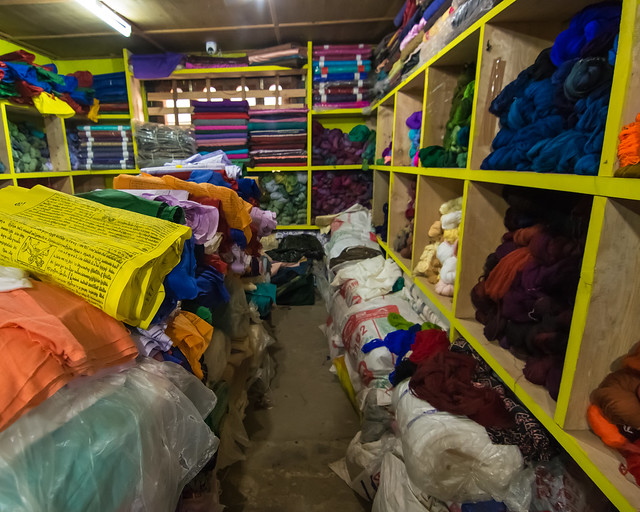
A textile shop in Paro, Bhutan.
Both kiras and ghos are made from textiles with many different patterns. These patterns range in complexity from simple stripes to the intricate geometry of kushuthara.
The simplest patterns are plain weaves. These include horizontal stripes, and the slightly more complex plaid patterns. The next most complex are the warp-weaves which are typically horizontal rows of stripes alternating with rows of patterns (see the photo of a mensi martha weave below). The most complex are the extremely decorative and multi-colored weft-weaves, including colorful kushuthara (also seen below).
Continue reading
